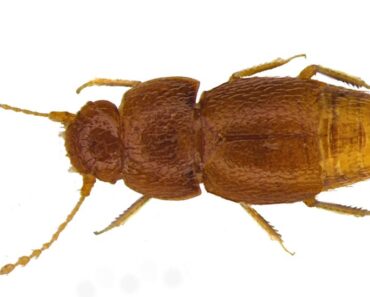
A record number of dormant monarch butterflies was observed in the Mexican states of Michoacàn and Mexico City last December and January.
These migrants from Canada and the United States occupy this year an area 144% larger than last year, announced Wednesday the Commissioner of the Comisión Nacional de Áreas Naturales Protegidas (CONANP) during the trinational scientific meeting on the monarch that is currently taking place in Mexico City.
From the second half of December 2018 to the third week of January 2019, researchers noted the presence of monarchs in an area of 6.05 hectares of forest, which represents the largest area of occupation recorded since 2006-2007, when the wintering area in Mexican territory was 6.87 hectares. Since that winter of 2006-2007, the population had been steadily declining, reaching an all-time low in 2013-2014 with 0.67 hectares, the lowest recorded area since monitoring of this butterfly began in 1993-1994.
“Over the past two summers, we have seen the number of caterpillars double in the field in Canada and the northern United States, indicating that they are reproducing successfully. This success was reflected in the wintering populations, which is excellent news! “said Maxim Larrivée, head of the Entomological Collections and Research at the Montreal Insectarium, over the phone from Mexico City.
“This excellent news leads us to believe that monarchs are benefiting from all the conservation efforts we are developing in Canada, the United States and Mexico.
“Scientific research has shown us that the only viable long-term scenario is for all stakeholders to work together to bring the population to a level where it becomes resilient and can withstand the environmental pressures that have increased over the past two decades,” he said.
The trinational scientific committee of the Commission for Environmental Cooperation determined five years ago that to eliminate the risk of extinction of the migratory phenomenon, the colonies of monarchs wintering in the mountain forests of Mexico should increase their area of occupation to an annual average of six hectares.
“This critical threshold of six hectares has finally been reached for the first time since the winter of 2006-2007. If population size is maintained over the medium to long term, it will increase its resilience. This is the first step in the right direction. But before we can talk about a success story, we will have to wait a few more years to see whether the population will be maintained or continue to grow. In five to ten years, we’ll be able to talk about a story similar to that of certain bird species, such as the peregrine falcon, which may have been removed from the endangered species list as a result of the ban on DDT, [an organochlorine pesticide that poisoned these birds],” notes Larrivée.
Perfect conditions
What are the factors responsible for the observed increase? They are in fact mainly climatic.
“Over the past year, temperature patterns at the wintering sites have improved survival. Then, the butterflies experienced perfect spring conditions that were favourable to their reproduction. Then, warm and humid conditions during the summer allowed for excellent breeding success. And finally, the butterflies managed to make their way to Mexico without hindrance. We agree that the stars were well aligned this year! “says the entomologist.
“Of course, we don’t have control over the climate, but we can support the migratory population through conservation efforts to ensure better migration. Certainly, conservation and habitat restoration efforts during migration have contributed to increased reproductive success rates among migrants, although their impact cannot yet be precisely quantified,” he adds.
Another factor that has proven beneficial is the fact that the deterioration of the forests of oyamels, a pine typical of Mexico’s highland forests, has decreased by 57.6% in 2017-2018 compared to the previous year.
This reduction was made possible “thanks to efforts to monitor and control illegal deforestation, including better measures for the delimitation of wintering areas. As well, indigenous peoples living around wintering sites were better equipped with sustainable work to divert them from activities that could lead to deforestation,” said Mr. Larrivée.






